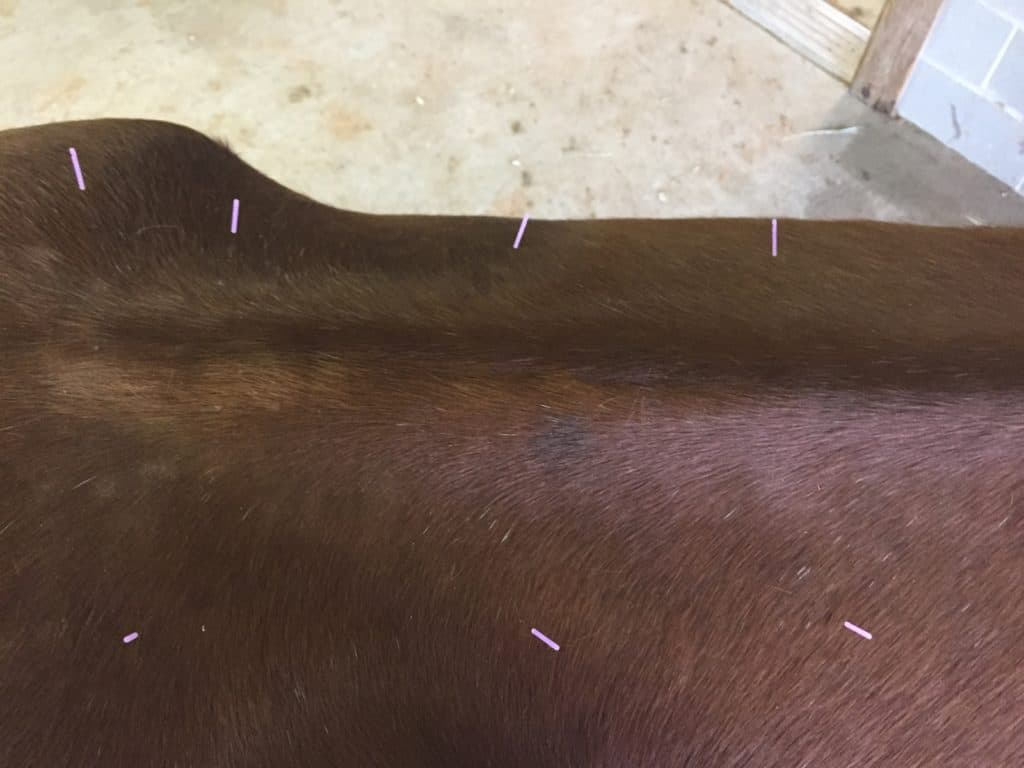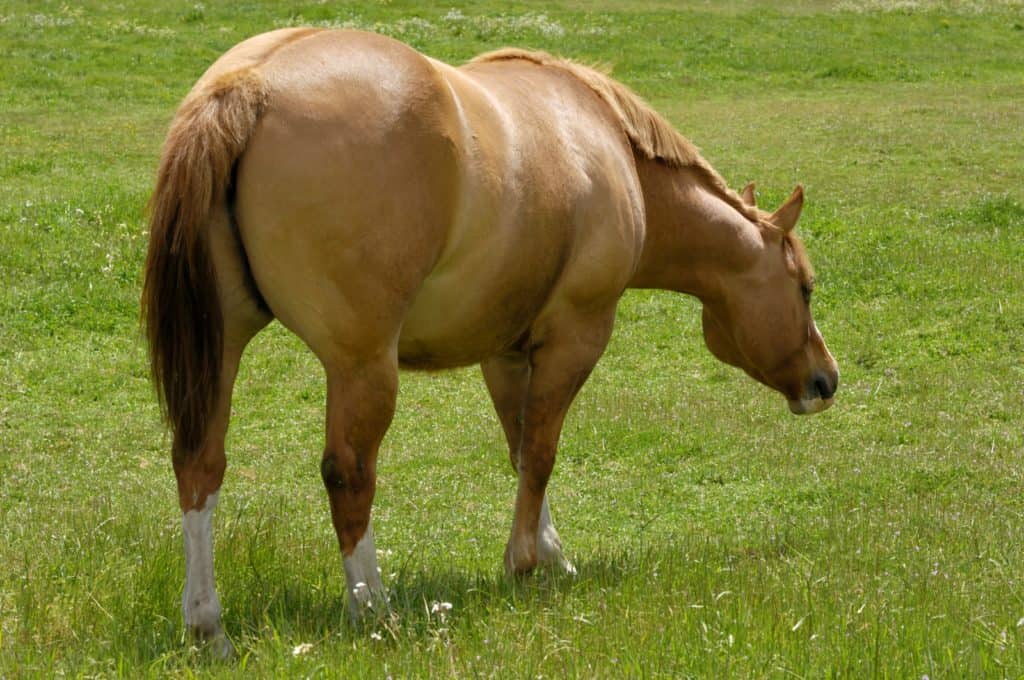
How Does Acupuncture Work?
There’s a complex series of events that occur when acupuncture needles are placed. Here’s a rundown of what happens.

There’s a complex series of events that occur when acupuncture needles are placed. Here’s a rundown of what happens.

Infected joints can be scary and cause stress, but early aggressive treatment offers the best chance for full recovery.

Inflammatory airway disease and recurrent airway obstruction fall under the “equine asthma syndrome” umbrella.

Researchers found that test results should be interpreted differently for donkeys than they are for horses.

Researchers recently described a novel and still experimental procedure designed to treat PPID with positive results.

The team confirmed that EMS horses aren’t always fat, but that obesity can point to an underlying metabolic condition.

Researchers determined that pregnant mares can abort their fetuses as a stress response to prevent future infanticide.

Scientists found a gene that could identify superior tractability, or how easily a horse can be trained or controlled.

This is the first study to identify a potential genetic, rather than environmental, cause for foal loss in mares.

Treated horses had less corneal fluid swelling than before, did not develop any corneal ulcers, and retained vision.

The key is understanding a horse’s arousal, or alertness, level.

Gait analysis applications on a smartphone can give reliable data to help detect hind limb lameness issues in horses.

Soft tissue damage resulted in a larger increase in SAA levels than bone and joint injuries, researchers found.

Researchers determined that air-dried sperm can be kept for up to four weeks before being used to produce an embryo.

An accurate diagnosis with MRI can play a significant role in a horse’s long-term return to activity after DDFT injury.

Living where horses don’t commonly get diagnosed with EPM doesn’t mean your horse isn’t at risk.
Stay on top of the most recent Horse Health news with
"*" indicates required fields